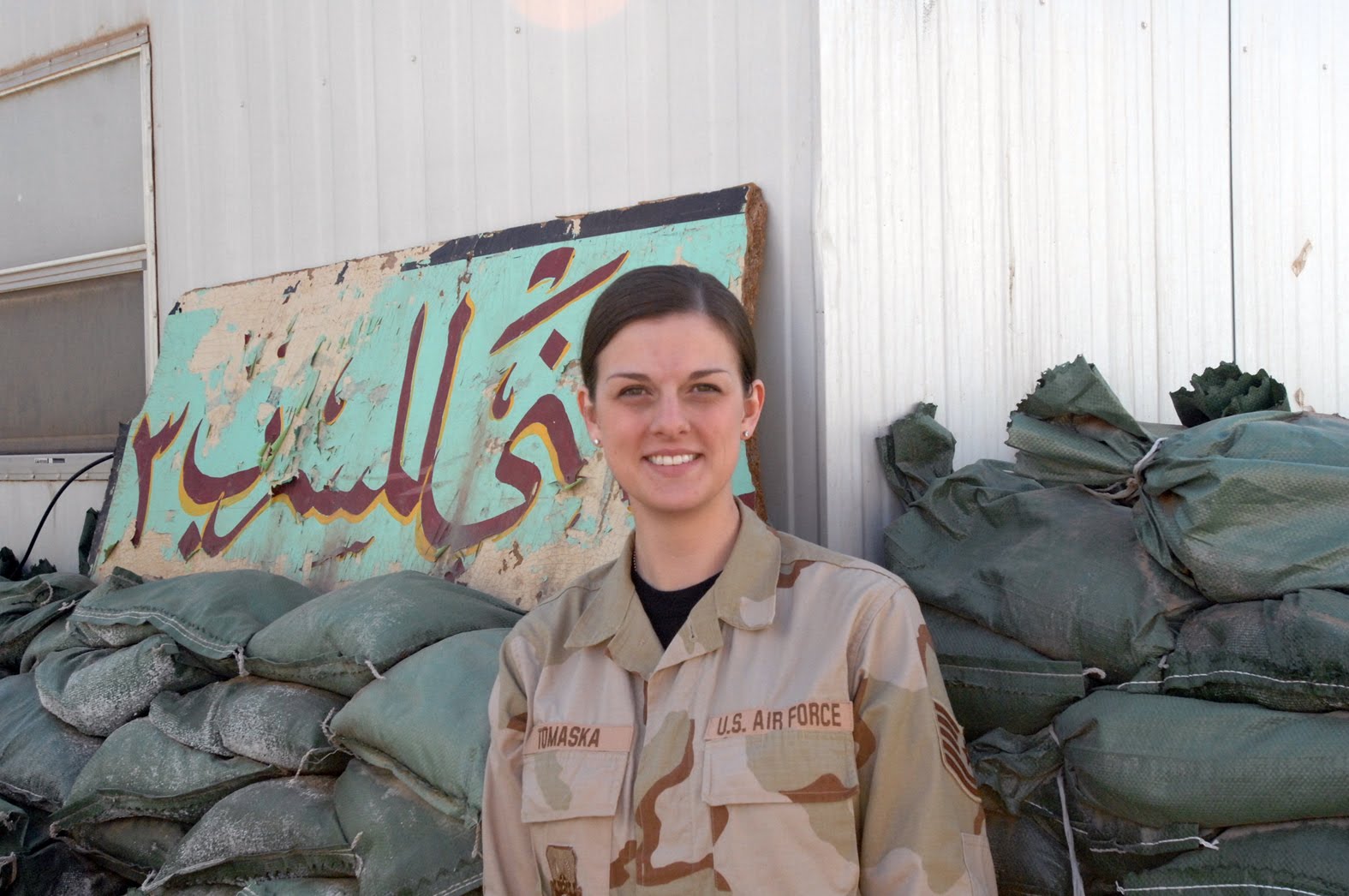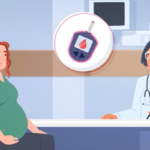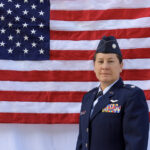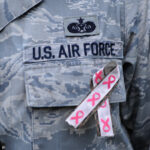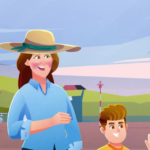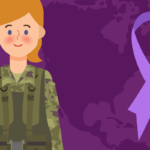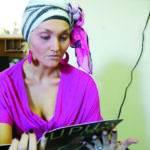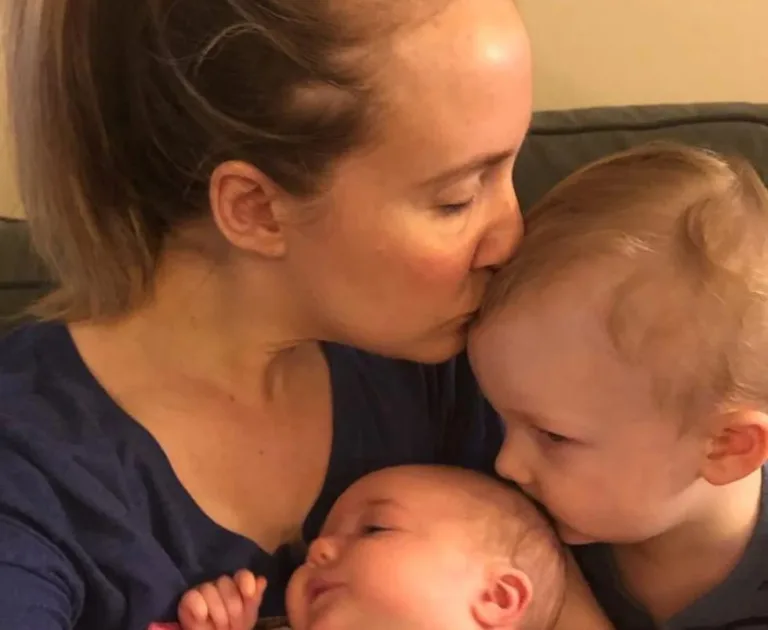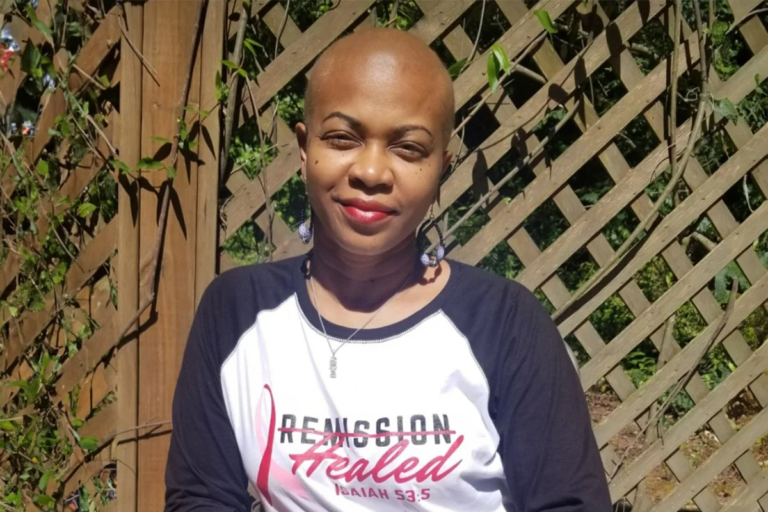As told to Nicole Audrey Spector
Just out of high school, in the mid-90s, I enlisted in the Air National Guard. I had always felt a strong call to serve my country and to give back. Plus, joining the military meant I could attend college while serving. A win-win.
I remained in Minnesota working for the military in the field of communications. I eventually pursued my master’s and doctorate in public health, then got married and had my first child. In 2005, I was deployed for the very first time. My son was only 18 months old. It was a challenging transition. But I had no idea just how hard life would become until I arrived at my base in Balad, Iraq — a dangerous region trapped in the chaos of the Iraq War.
I worked with military intelligence and weapons systems video. It was a tough job in a brutal environment, but what was unbearable was the air, the actual air that all of us on base — some 20,000 people — breathed in.
Our base housed an enormous burn pit measuring about three football fields long. Burn pits, if you’re not familiar, are a way to dispose of all the garbage that builds up on a military base. All kinds of trash are dumped into these blazing pits. That includes Styrofoam, plastic, munitions, hospital waste and human waste. The pit burned all day and night. Whenever the flames died down, jet fuel was poured on it to keep it ablaze.
Back home, I was in the middle of my environmental health studies in grad school. Based on my learnings, there was no doubt in my mind that we were breathing in lethal toxins that would hurt our health sooner or later. But you didn’t need a master’s degree in public health to know burn pit exposure is bad for you. You could taste the plastic. You could smell it on your soot-coated skin even after you showered.
There was zero protocol to protect us from the air smoldering off the burn pits. No masks. Not even an acknowledgment from the higher ups that we were inhaling poisonous chemicals. It was just business as usual.
It wasn’t long before most of us on base developed respiratory issues, including my best friend, Amie, who was serving alongside me. We were told it was “Iraqi crud,” which is basically a respiratory side effect of all the smoke and dust storms in the area. Nobody mentioned that the burn pit was a likely factor in our symptoms. We were put on antibiotics and that was that.

I returned home a couple of months after being deployed. I was still sick when I got back, and my symptoms worsened in the months following my return. The most debilitating symptom was fatigue. I could hardly get out of bed, let alone keep up with my toddler.
I went to the doctor. I went to so many doctors! They all said nothing was seriously wrong with me. I was in my early-30s at the time, and lived clean (as I still do). I had a healthy diet and didn’t smoke or drink. The doctors would say things like:
“Julie, you have a toddler and are in grad school and the military — of course you’re fatigued!” Or, “Julie, you’re young and healthy. Why do you think something’s wrong with you? It could be in your head.” Or, “Maybe it’s PTSD-related.” Or, “Julie, it’s probably anxiety.”
Eventually, I was given a blanket diagnosis: fibromyalgia. Nothing to be done. Deal with it.
In 2007, I was deployed for the second time, back to Balad. The same burn pit blazed on and on. When I returned home, also a couple months later, I was still sick. I’d never gotten better.
Amie was sick, too. Like me, she wasn’t getting any help or guidance from medical professionals. We just kept hearing about how young and healthy we were.
I did my best to go on with my life amid the crippling fatigue. And in 2008, my second child was born.
By the time 2013 rolled around, I was so sick I couldn’t make it up the stairs in my home without getting seriously winded. Even short walks with my family wiped me out and left me out of breath. I was exhausted and plagued with brain fog.
Then began a five-year roller coaster of trying to get an accurate diagnosis. Finally, I found a pulmonologist who was dedicated to getting to the bottom of my symptoms. But various imaging tests showed that there was nothing visibly wrong with my lungs.
Eventually, I had a lung biopsy done. This is an invasive surgery that took me a year to recover from, and I now have three rows of staples in my lungs. They will always be there.
The biopsy revealed that my lungs were covered in soot and contained metal particles. I was diagnosed with various lung conditions: emphysema, pleural fibrosis, chronic pleuritis and constrictive bronchiolitis (popcorn lung) — all chronic lung diseases.
It was validating to finally have diagnoses, but unfortunately, there is no treatment or cure for what I have. If the diseases progress, I will at some point need to be on supplemental oxygen 24/7.
Many of the people I served with in Balad have died of cancers that have been linked to burn pit exposure. Most of them were not even 40 years old when they died.
And Amie. My best friend. My ride or die. Amie. She passed away, too — of pancreatic cancer. She was only 36 years old and left behind three children and a husband.
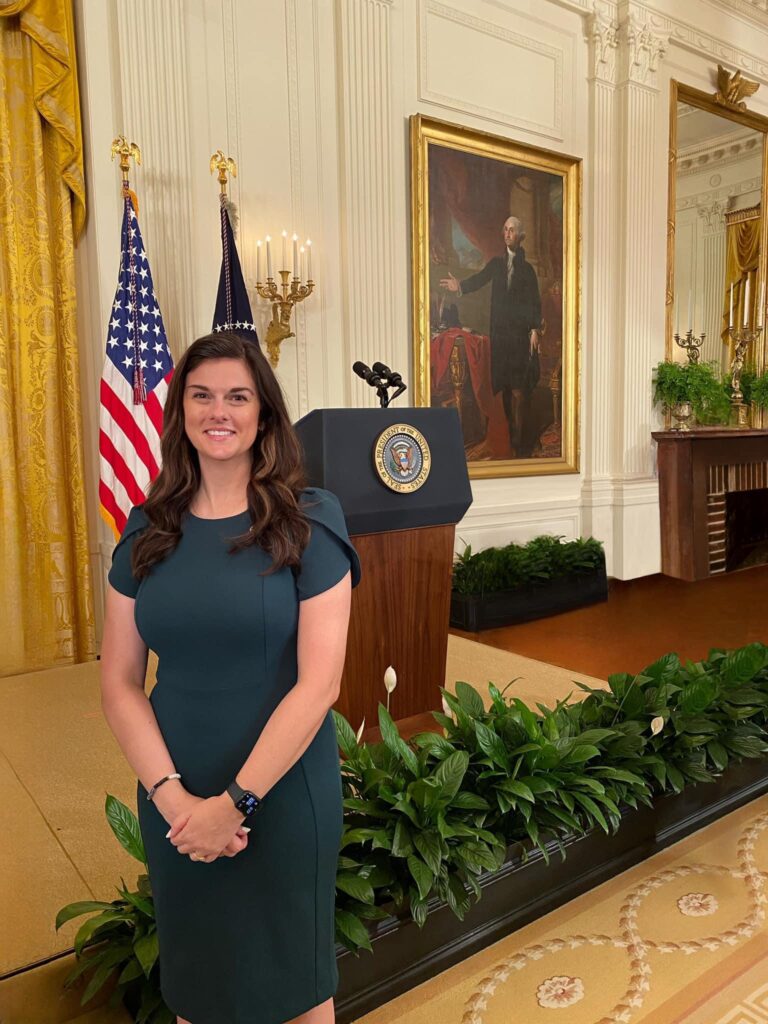
Now, I’m retired from the military. In the years since leaving, I’ve become committed to being the squeaky wheel. As the chair of the scientific committee for Burn Pits 360, a veterans advocacy organization, I help bring awareness to the appalling failure of the military to take accountability for the burn pits that hurt or killed us.
Living with any chronic illness is hard, but there’s something uniquely challenging about living with an illness that is invisible. I don’t “look sick.” And some days — the good days — I look in the mirror and forget that yes, I am sick — and I will only get sicker as time goes on.
I’m one of the lucky ones. I’m able to be here with my family. I can keep up with life, even if it’s at a slower pace than most others. And, I can breathe, even if it’s not always easy.
I think of Amie and the other amazing people I served alongside who died after being chronically exposed to burn pits. And I think of all the women who live with invisible illnesses who are dismissed by their doctors with a shrug.
We must advocate for ourselves. We must find our people and blend our voices together. We must never give up. The past is gone, yes. They burned it all. But the ashes are there. And from the ashes, we rise.
This educational resource was created with support from AstraZeneca.
Have a Real Women, Real Stories of your own you want to share? Let us know.
Our Real Women, Real Stories are the authentic experiences of real-life women. The views, opinions and experiences shared in these stories are not endorsed by HealthyWomen and do not necessarily reflect the official policy or position of HealthyWomen.


